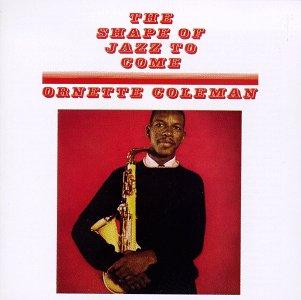davedotco said:
Fair enough, but all speakers have relatively high levels of distortion and when comparing models of a similar type and price the differences will be modest.
Converging design criteria, manufacturing techniques and pricing are producing a large number of speakers with similar capabilities, what sets them apart is that they present the music in a different manner but it is my contention that these presentational differences are often not that important.
This seems quite counterintuitive to me.
Of course, you're right that speakers have considerably higher levels of distortion than, say, CDPs. But I don't understand on what grounds, logical or otherwise, you can infer that the differences between speakers are small because they distort more. If anything, I'd have thought that the opposite would be the case.
Is your argument that because all speakers distort grossly and all speakers of similar type/build distort grossly in the same ways, therefore any differences between speakers of the same type/build will appear trivial? I could understand that as an argument, though I'm pretty sure it wouldn't stand up to experimental scrutiny.
I also don't understand how it could be legitimate to call the distortion of CDPs 'distortion' and yet call the distortion of speakers 'presentation'. The latter seems to be a signal example of calling a spade a 'manual earth-moving tool'.
Matt


